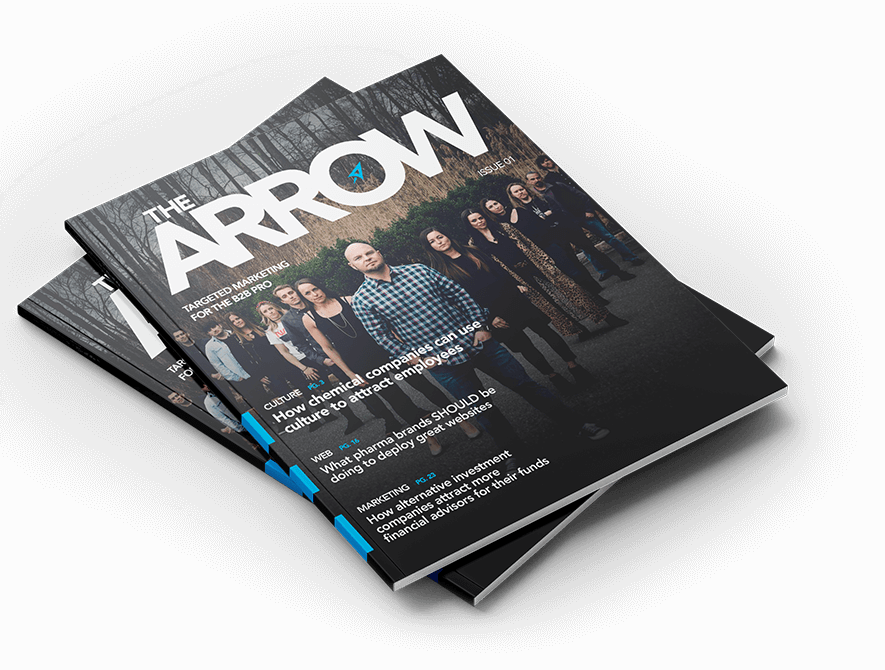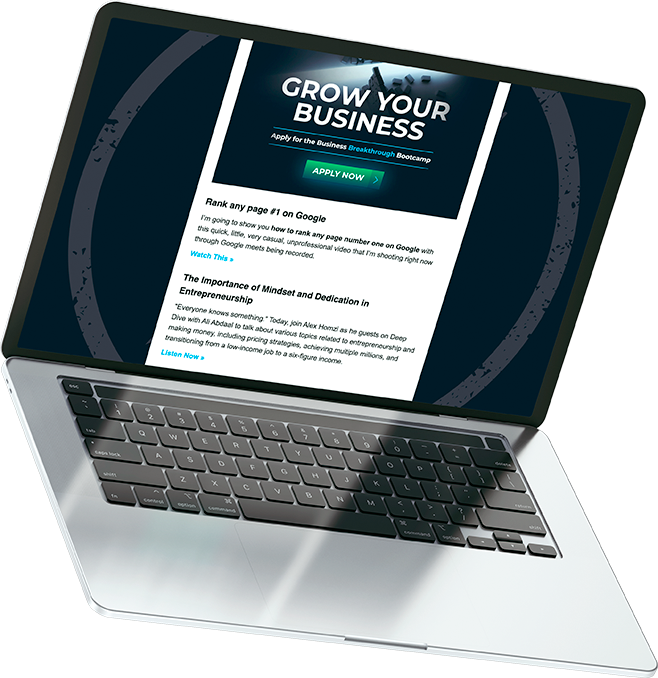Why Both Inbound And Outbound Marketing Matter
Chris Mulvaney is the CEO of CMDS. I make things... I’m the creative entrepreneur with passion for (re)making brands and inventing solutions to problems no one knows exist.
Businesses can grow their customer base through two different basic types of marketing strategies – inbound and outbound marketing. Each one has a different focus and involve a different strategy and technique. You can think of them as Push (outbound) and Pull (inbound) efforts. They have often been compared against each other and lately inbound is getting a lot of conversion attention, but used correctly, they can actually work together to create a more successful B2B marketing strategy.
Outbound vs Inbound Marketing
Outbound marketing involves getting your message to the largest number of people through various channels. This can be done through online advertising, social media advertising (Facebook, twitter, LinkedIn), remarketing, email newsletters, direct mail, etc. In outbound marketing, you are pushing your message out to potential clients and customers.
Inbound marketing works by earning someone’s attention organically by creating and sharing useful and engaging content. You are drawing clients and customers in by producing the information that they are looking for, or by offering what they want. If you create a blog that is specifically targeted to your primary market, you can attract solid prospects. Strategize with keywords, optimize with SEO, and build a strong social media following to encourage a two-way communication between your brand and your customers. Add in valuable content like whitepapers, e-books, infographics and video so it’s more appealing to your ideal customer.
Merging Outbound and Inbound Marketing Methods
Outbound and inbound strategies play their own important marketing roles; one cannot be successful without the other. Many companies operate them as separate entities, but silo campaigns are simply old-school and not nearly as effective or efficient as they could be. Since educational and useful blog content tends to be the cornerstone for inbound marketing, the more you build powerful content, use relevant keywords, optimize for organic search and build backlinks, the more you’ll pull new visitors to your blog through search. But it may take some time. Add in an outbound advertisement with a call to action, and you’ll draw even more prospects to your website.
The most successful marketers leverage their inbound marketing efforts for their outbound campaigns. Using outbound techniques to boost and promote inbound content is a sure way to maximize your business’s ROI. Together they create a powerful message that can’t be recreated without one or the other.
Integrated Marketing Strategies
Both inbound and outbound marketing approaches are valuable and definitely both matter in any small business marketing strategy. You don’t have to choose between the two; use both!
Here are some specific examples of how to successfully use inbound and outbound marketing together:
• Write an awesome blog post about something that resonates with your customers. Then create a Facebook ad that promotes that content to your ideal demographic
• Shoot a video tutorial exploring one of your key offerings – a recipe, a DIY household repair, explaining a complicated legal term or statute. Then set up a paid search campaign driving people to your video
• Compile your most popular pieces of content on your website (inbound efforts) and drive traffic to them with an email newsletter to your internal lists (outbound effort) and any relevant third-party lists
• Work with your sales team and respond to their prospects and your online leads by sending them a follow up email linking to a relevant piece of content on your site, such as an article explaining one of their questions, a product that might solve their problems, or a current trend that they should be aware of in their industry.
• Publish an e-book or white paper on your website that business leaders in your industry would find valuable and then promote it with paid advertising in targeted LinkedIn groups
• Bolster your sales forces’ conference and tradeshow efforts by writing event specific content that they can point people to at the event (with a super easy URLs!). Think of most important message you want to get across at the event and what types of content would most resonate with attendees. Write them in advance and figure out the best ways to publicize them. Can you access attendee lists? Have your sales people include links in their signatures? Mention them during networking sessions? Include on leave behinds and event specific marketing materials.
With the right approach, inbound and outbound marketing efforts can be integrated to create better leads, build your brand, and increase exposure to your website. For more information about developing a marketing strategy for your brand, talk with one of our marketing strategists today.






